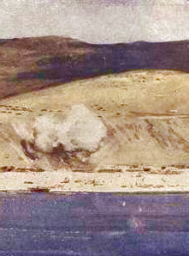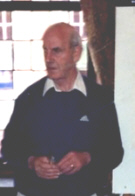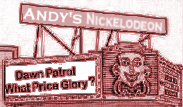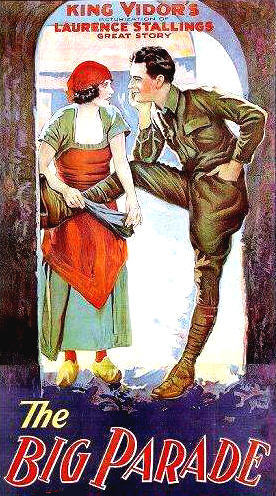
August 2005 |
Access Archives |
TRENCH REPORT: There is so much material in this issue and of such varied topics I can't even begin to summarize it for you. Please read on. Our Correspondents, though, as always, are on their toes. Anne Steele passes on word of a Lawrence of A exhibit at the IWM (link). Donna Cunningham sent two good stories: German Expressionists at War (link) and the First WW in Malta (link).
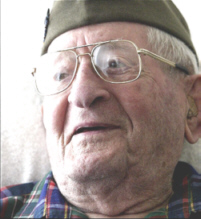 Stanley Samuel LaneStanley Samuel Lane, a retired Army lieutenant colonel who served in the Army Quartermaster Corps and who served in both World Wars died July 15 at the Bedford Court nursing home in Silver Spring, Md. He was 103 and had renal failure. 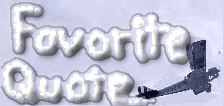 von Berchtold to Conrad von Hötzendorff |

with Martin Middlebrook Following the late Jack Vandiver and Tom Fleming in our series of interviews with notable World War I authors is Martin Middlebrook. Since publishing his classic The First Day on the Somme in 1971 he has regularly produced fascinating and readable works on 20th century wars including the naval and air campaigns. Thanks to the internet, we were able to have this exchange last month. Click here to continue... 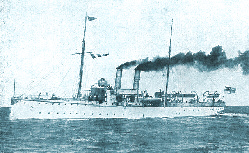 German Gunboat Panther |
|||||||||||||||||||||
GREAT WAR 2005 | |
|
University of London September 8-9, 2005 (link) | |
|
Virginia Military Museum [Full Program Now] Newport News, Virginia September 23-25, 2005 (link) | |
|
Virginia Military Museum [Full Program Now] Newport News, Virginia September 23-25, 2005 (link) | |
|
International Society for First World War Studies Trinity College, Univ. of Dublin September 23-25, 2005 (link) | |
|
Great War Society Event Armistice-Remembrance-Veterans Day Sonoma, CaliforniaNovember 12, 2005 (email for info) | |
|
In Flanders Fields Museum Ypres, Belgium November 17-19, 2005 (program) | |
|
Email Response |
|
1. Our best selling World War I mystery writer, Jackie Winspear, is coming out with her third Masie Dobbs novel in August. It's titled Pardonable Lies and the plot centers around... Wait! I can't give away the plot. Read the book.
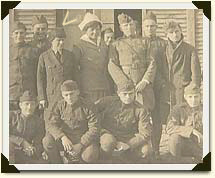
Mary Gavin [with pointer]
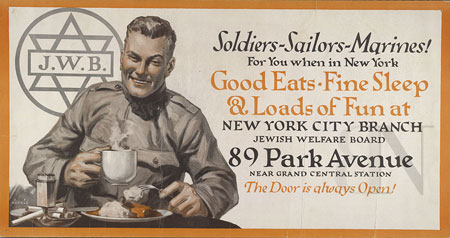
Jewish Welfare Board Poster
 |
Frontline Correspondent
|
As I've mentioned in earlier Trip-Wires, one of our regular contributors, Rich Galli, from Montana has been deployed to Iraq near some famous WWI battlefields. Rich had some time and sent us this report to share with you. In his civilian life Rich is a high school teacher, a mountain and ski guide depending on the season, and a writer of military history. His observations are presented here uncensored.
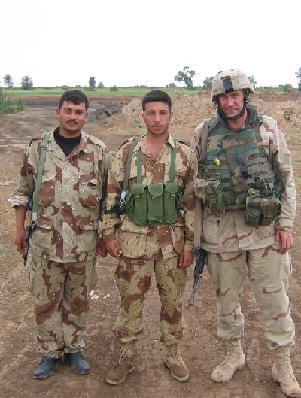
Rich with Some New Iraqi Soldiers
My main mission is in electronic warfare. It is sort of like radar in 1940, a real miracle, but doubted by some. Sort of like those who called the M-1 Garand "a god-damn pepper grinder." I run vehicles in counter-IED patrols and other missions [convoy, raids, patrols] We hunt roadside bombs and look for ambushes. My beloved mission, the opposite of the others, is the hearts of every man on our FOB - the internet/phone center. I have some great computer guys working there, doing miracles with electrons- I am learning a lot, and keep it fair. I am also one of seven designated snipers in our battalion, "on call" for larger operations. I love my "Lillith" M-14, my surrogate wife. I have four "kills" shooting IEDs at 300 meters. Two blew up, to the delight of all, everyone loves big explosions. Unless they are near you! I have been hit four times by these devices. They really ring your bell. They also cut vehicles in half, and their passengers. I unfortunately have lost a dear friend to one, he had three kids. My other on call job is the most fun and source of good photos, gunning up in the turret with my M-240B "Johnny Too Bad." I love the 240B; I suffered with that piece of schiess M-60 for four years plus. So I pretend I am a gunner on a Bristol two seat fighter over Arras. The war here is not Gettysburg or Verdun, but it is enough. We are in the north end of the Sunni Triangle, in Hussein's tribal area. Alas just south of the Kurdish areas. But the people here for the most part are OK. It is too complex to explain in a sentence or two. I have no real malice for the hajis.
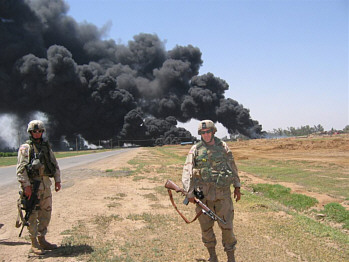
Checking Out a Blown Pipeline
We live in bunkers.... with a/c so it is glorious. I hooked up a satellite dish so we watch BBC, CNN and Spice Platinum. Do you think they [the stars] would come here for a visit? No one does. Robin Williams, singing Playboy bunnies, Charlie Daniels, Hooters girls, all go to the big bases with their pizzerias, mini malls and swimming pools. What else to say? I read and write a lot. Write Teresa. We had a third son born 2Jan05 I've never seen. Joseph "Yusef" for the culture here and for every Joe in the Army. I get a leave in August. I will finish by saying I am reading Barbusse, Juenger and a brilliant book my dear darlin' Tereser found on Italian WW1 Aces. Reading Homer, the Odyssey [my favorite book] and the Iliad- so profound, a war of revenge and ego. Take care Mike and keep up the great work.
[This last section arrived after I asked Rich's permission to publish his report.] Mike, by all means, I'd be honored. And it would be fun to talk to fellow WW1 students. We might warn them that all I saw of Al Kut was a road sign and Za'ab [or Zab] was during a raid and I noted on the map where the battle was, during mine. I go on leave tommorow for two weeks. It will be like WW1.... We got rocketed yesterday, and in a couple hours I go on a patrol trying to draw fire, then in a couple of three days I will hold my wife in my arms in our kitchen and hug my sons and try to explain things to my friends; and then back over. Talk to you again soon, in sh'allah,
Love peace and superior firepower.
SFC Richard Galli
163rd Inf Bn
Hawija, Iraq
Send Rich an Email and share your comments with him. (email)
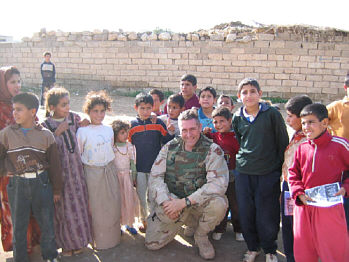
Rich with Some Friends
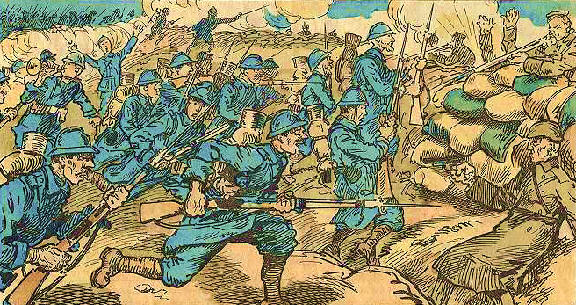
Depiction of the Second Battle of the Champagne, Sept. 1915
 |
The Significance of the Battle of the Somme
|
Martin Middlebrook writes about what is -- along with Verdun -- one of the two most famous and best-remembered battles of World War One. In Great Britain, it is the best remembered and most heavily analyzed action of the conflict with literally hundreds of books and articles written and continuing to be written about various aspects of the battle -- which opened on July 1 and lasted for nearly five months, into November of 1916.
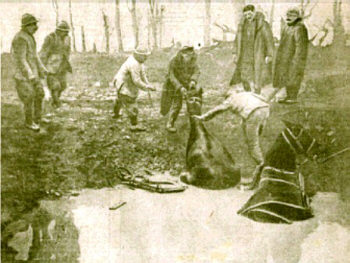
French & British Soldiers Dealing With a
Shared Problem at the Somme
Why is the Somme so well remembered?
In part, it is remembered because of the huge number of casualties. The British Expeditionary Forces lost over 57 thousand men killed wounded and captured on the first day alone. Of these, over 19 thousand were killed, and 2,100 missing. And, virtually all these men were volunteers, not conscripts as in the other European armies of the period. (Conscription was not imposed in the UK until January 1916.)The attack was the first test of so-called "New" or "Kitchener" volunteer armies raised in 1914 and 1915. It was conducted initially by 26 British and 12 French divisions and preceded by an artillery barrage consuming some 1.7 million shells. The Somme also witnessed the first use of tanks. By the end of the battle (which blended into the Battle of the Ancre) on November 20th 1916 an estimated 499 thousand British and 444 thousand German troops lost their lives.
Though many historians contend that Britain wasted too far many lives for small gains along the Somme, the battle did result in the final destruction of German army that entered the war in 1914. Historians have also criticized the Germans for dogmatically clinging to their system of fixed linear defenses and costly counter attacks. Having also suffered massive casualties in a fruitless attempt to break French morale at Verdun in 1916, the Germans withdrew in early 1917, abandoning the Somme battlefield and falling back to a prepared line (the Siegfried Stellung or Hindenburg Line) shortening its front by some 50 miles. The battle also resulted in valuable lessons for infantry attack and artillery tactics and eventually the combined arms infantry-artillery-aviation tactics which evolved in time for the renewed Allied offensives of 1918, including another one along the Somme which involved two American divisions fighting with the BEF in fracturing the Hindenburg Line southwest of St. Quentin.
So many individual British citizens lost family members on the Somme that even today the dozens of Commonwealth War Graves Commission cemeteries there are still heavily visited. And, the battle itself became immediately and almost instantly familiar to British civilians as a result of the feature length film of the battle produced by G. H. Malins and J. B. McDowell for the War Office and shown nationally beginning in August 1916 while the battle was still being fought. Copies of the film are still available today on VCR from the Imperial War Museum and make an excellent companion to Middlebrook's work on the first day of the battle.
But, seeing a silent film in a good home theatre or on the big screen can be an unforgettable experience. The Castro Theatre's presentation of The Big Parade was blessed with a stunningly detailed archival print struck from the original camera negative. For years MGM had thought the original camera negative had been lost in a fire. The prints of The Big Parade we've all seen over the years were made from a 1931 reissue version with a synchronized soundtrack and sound effects. But, George Eastman House had the original camera negative safely stored and now new archival prints are circulating. The screening I attended had the original 242 page musical score played on the Castro's mighty Wurlitzer by accomplished organist, Chris Elliott. The Big Parade was a huge hit earning between 18 and 22 million dollars. It was MGM's highest-grossing picture until Gone with the Wind in 1939. It was popular with the public and the critic's .The New York Times review from 1925 called it "an eloquent pictorial epic" that is "so compelling and realistic that one feels impelled to approach a review of it with all the respect it deserves, for as a motion picture it is something beyond the fondest dreams of most people." Eighty years later, its flaws and strengths are more readily apparent. John Gilbert (Jim Apperson), the leading man has a warm and natural style of acting that allows you to be totally involved with his actions and experiences. Renée Adorée (Melisande), his French girl friend is delightful. But, the first half of The Big Parade with its romantic comedy and army buddy scenes seems too long and slow paced to modern audiences, no matter how delightful the actors. There's fluidity to the editing and pacing in these scenes but they seem too extended and almost drag down the picture. But, if you can last through the first half, the second half is almost unbearable in terms of intensity of both action and emotion. Once the big push is on, once the "Big Parade" of men being rushed to the front starts, the powerful images never stop. The linear thrust of men and machines stretching to the horizon on their way to the front; the near hysterical Melisande frantic with fear clinging to the truck carrying her lover, falling to the street with a shoe he has given pressed to her breast; Jim giving his last cigarette to a dying German soldier and reclaiming it for himself when the German dies before smoking it; Jim returning home severely wounded and his mother's reaction- these are unforgettable scenes. Before the screening, Chris Elliott, the organist confessed he had never cried so much as during the rehearsal for the evening's screening. No matter how many times I've seen The Big Parade, it's that emotionally stunning scene of Jim and his mother, of the wounded suffering man returning home to a place he'll never fit it in, that does me in. The Big Parade was released on laser disc and on VHS. It's in the Turner Classic Movies library of MGM titles and airs several times a year. Now, suppose Jim Apperson had been a real person and instead of returning to France right after the war to find Melisande he returned in the last decade of the 20th century. There's a real story about a real veteran, Paul Jarrett, who does just that. The Return of Paul Jarrett tells the story of 93 year-old Paul Jarrett who served on the Western Front with the 42nd Rainbow Division. He was the last WWI veteran to return to the battlefields of France. Written, produced and directed by his grandson, Clark Jarrett, this is an exceptional documentary. Further information can be found here: http://www.clarkjarrett.com/index.htm. Andrew Melomet, Proprietor of Andy's Nickelodeon will answer your Great War film or video inquiry. He is also soliciting your recommendations for the WWI Filmography he is compiling for our readers. Just click HERE. |
| The following are thanked for their contributions to this issue of the Trip Wire: Anne Steele, Donna Cunningham, Rich Galli, Martin Middlebrook, Tony Langley, Susan Neeson, Andy Melomet, Len Shurtleff and the Washington Post. Until next month, your editor, Mike Hanlon. |
Membership Information  Click on Icon |
SUBSCRIBE TO THE TRIP-WIRE (Or Send it to a friend.) (Or send us a comment on the TRIP-WIRE) CLICK HERE TO CONTACT US VIA EMAIL |
For further information on the events of 1914-1918
visit the Directory Page of |

